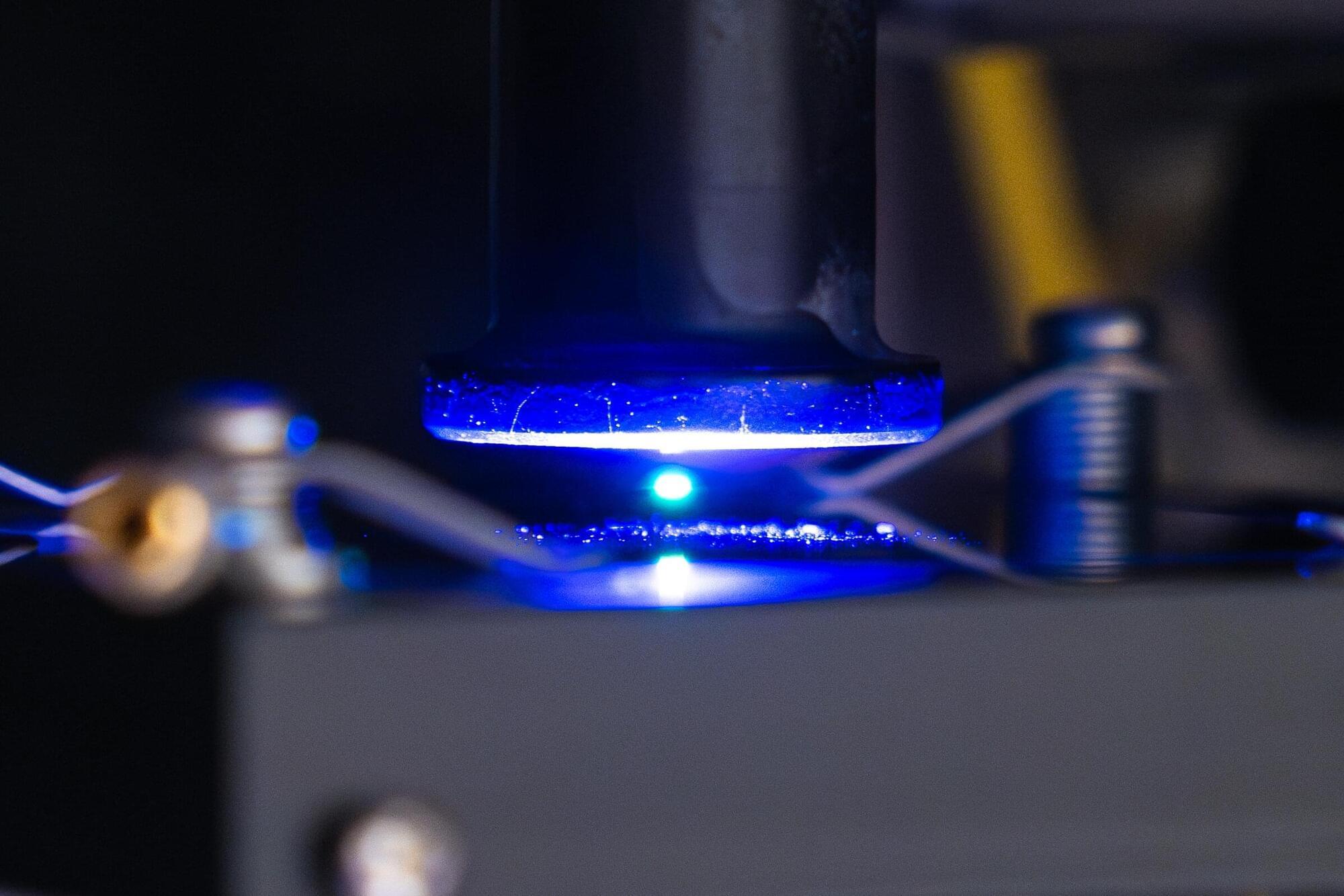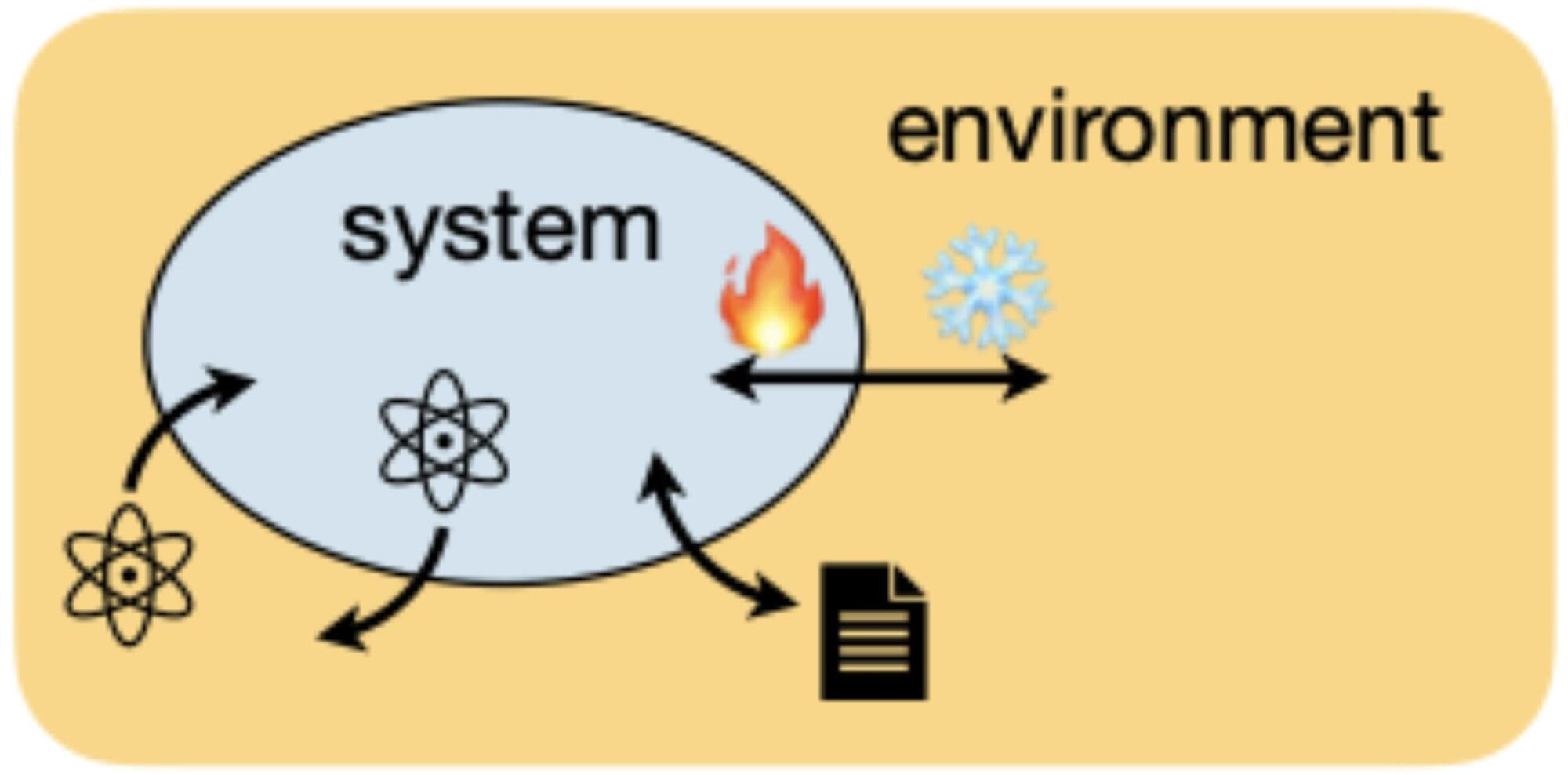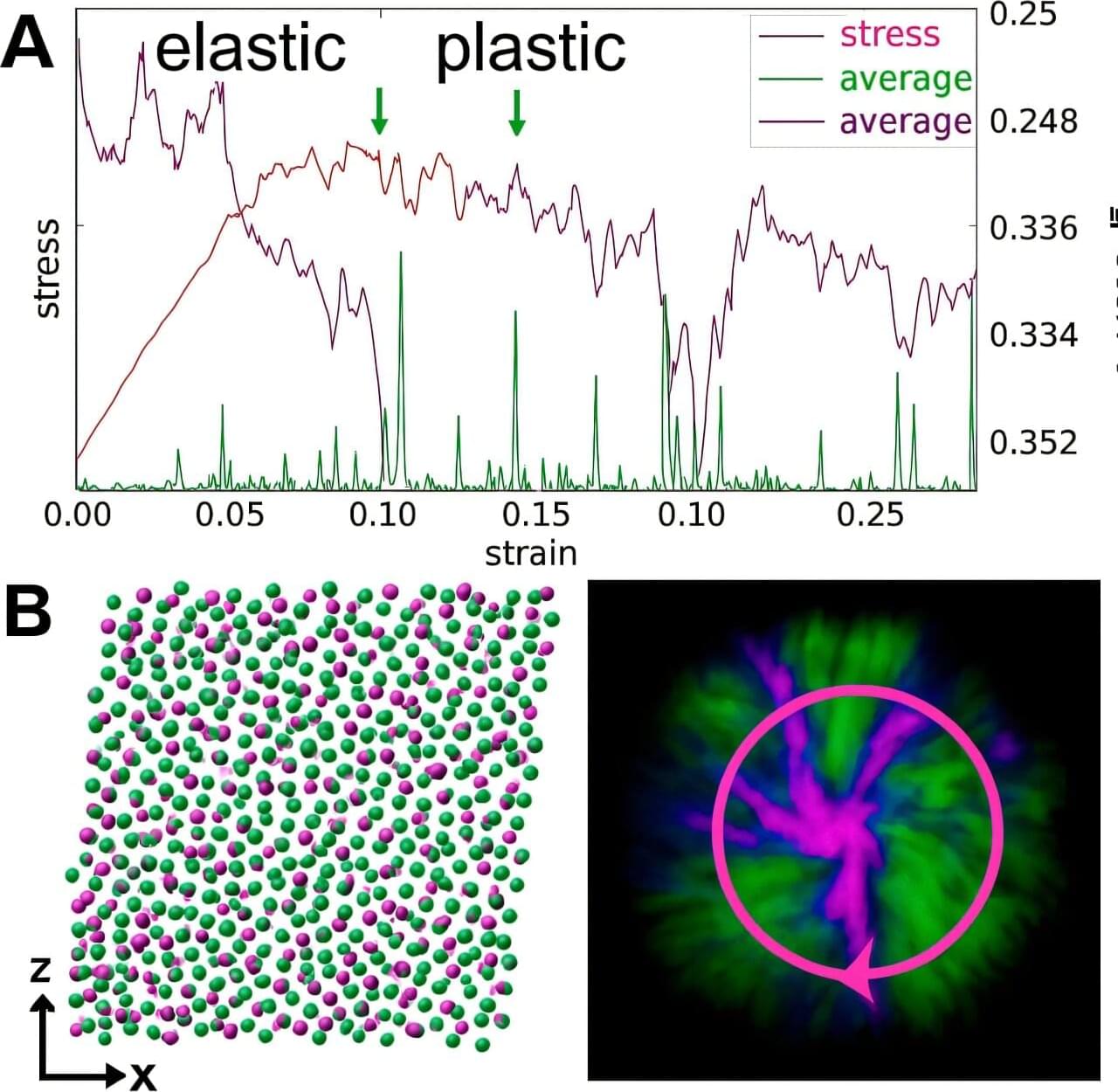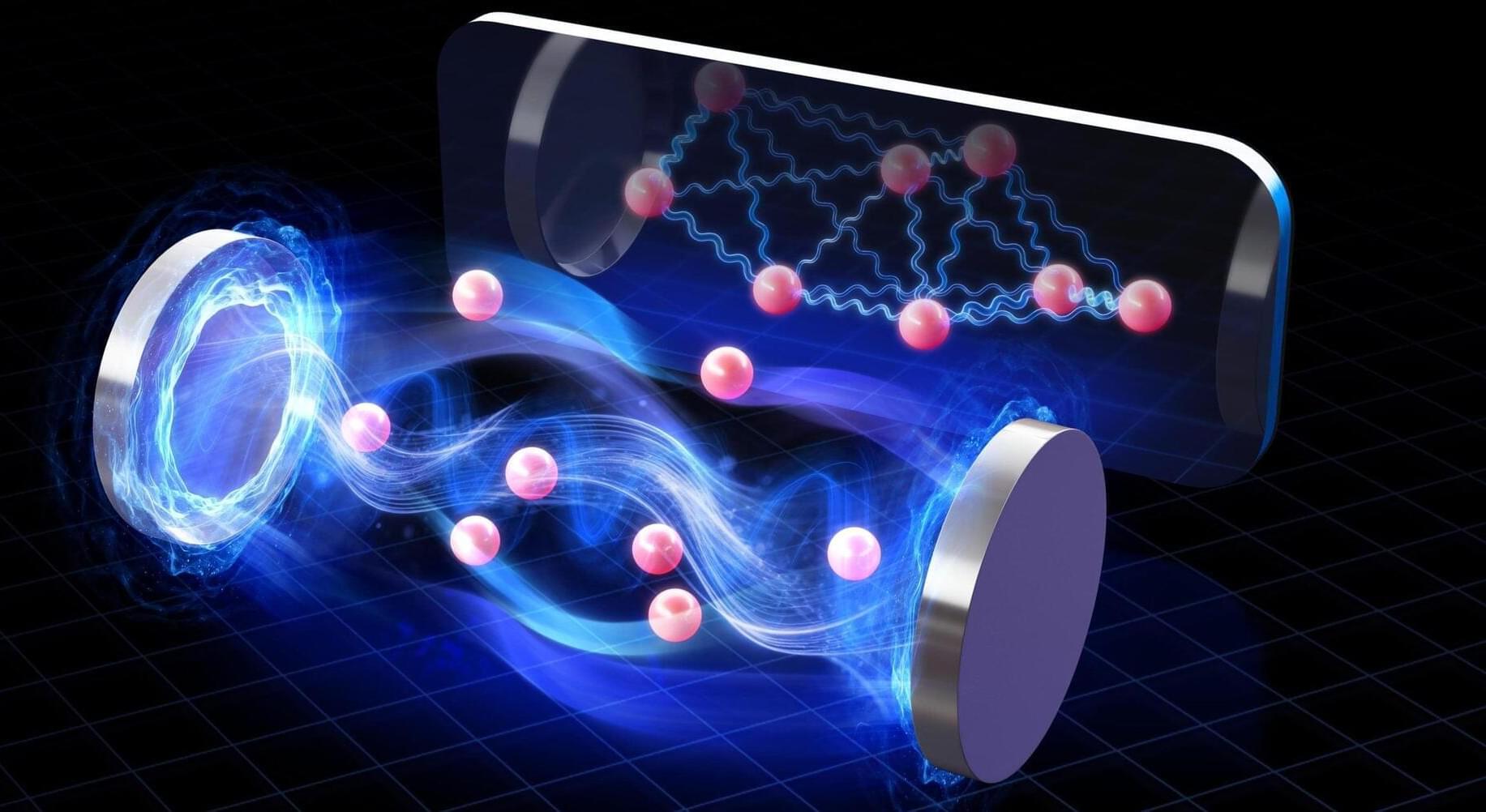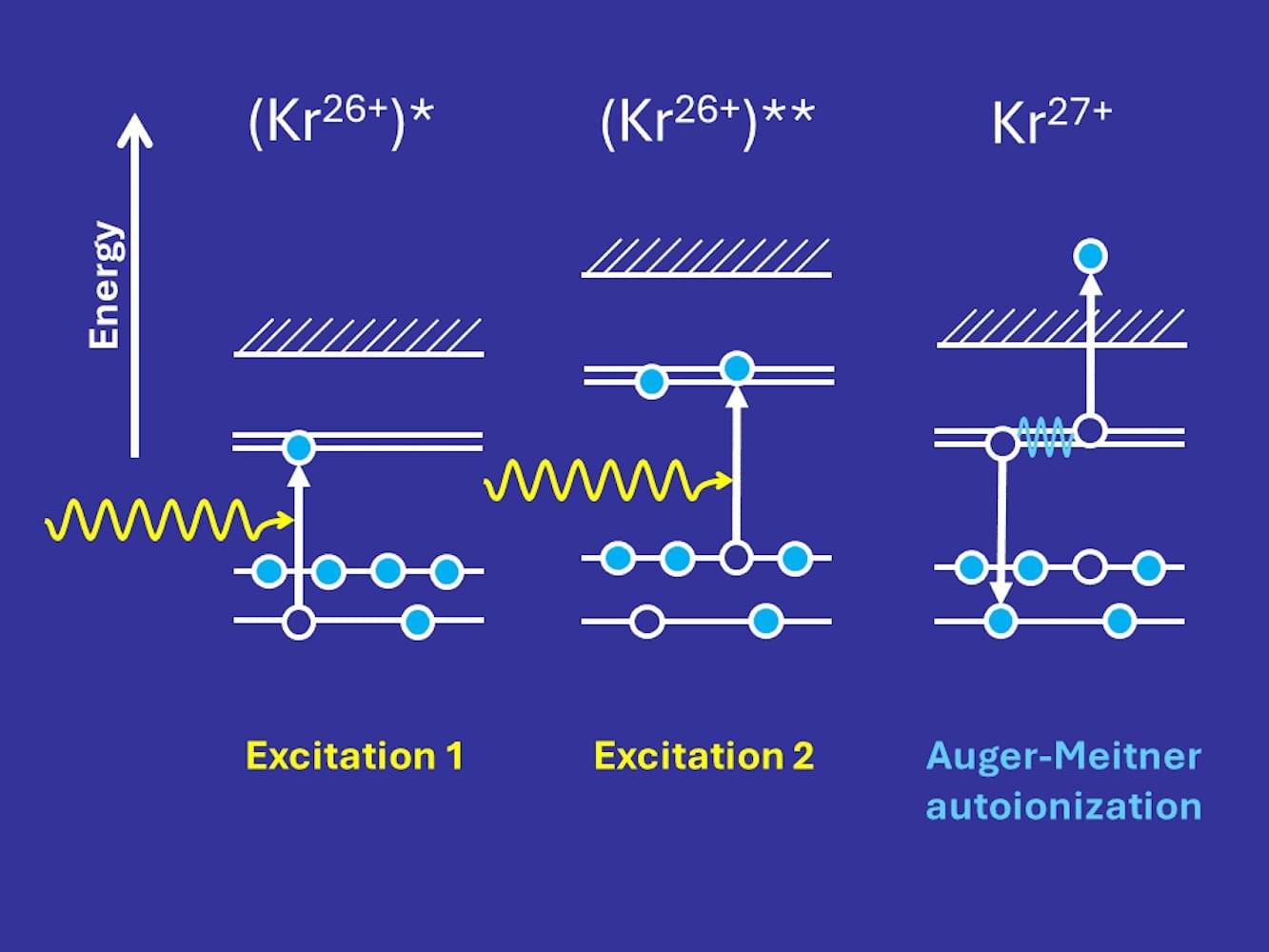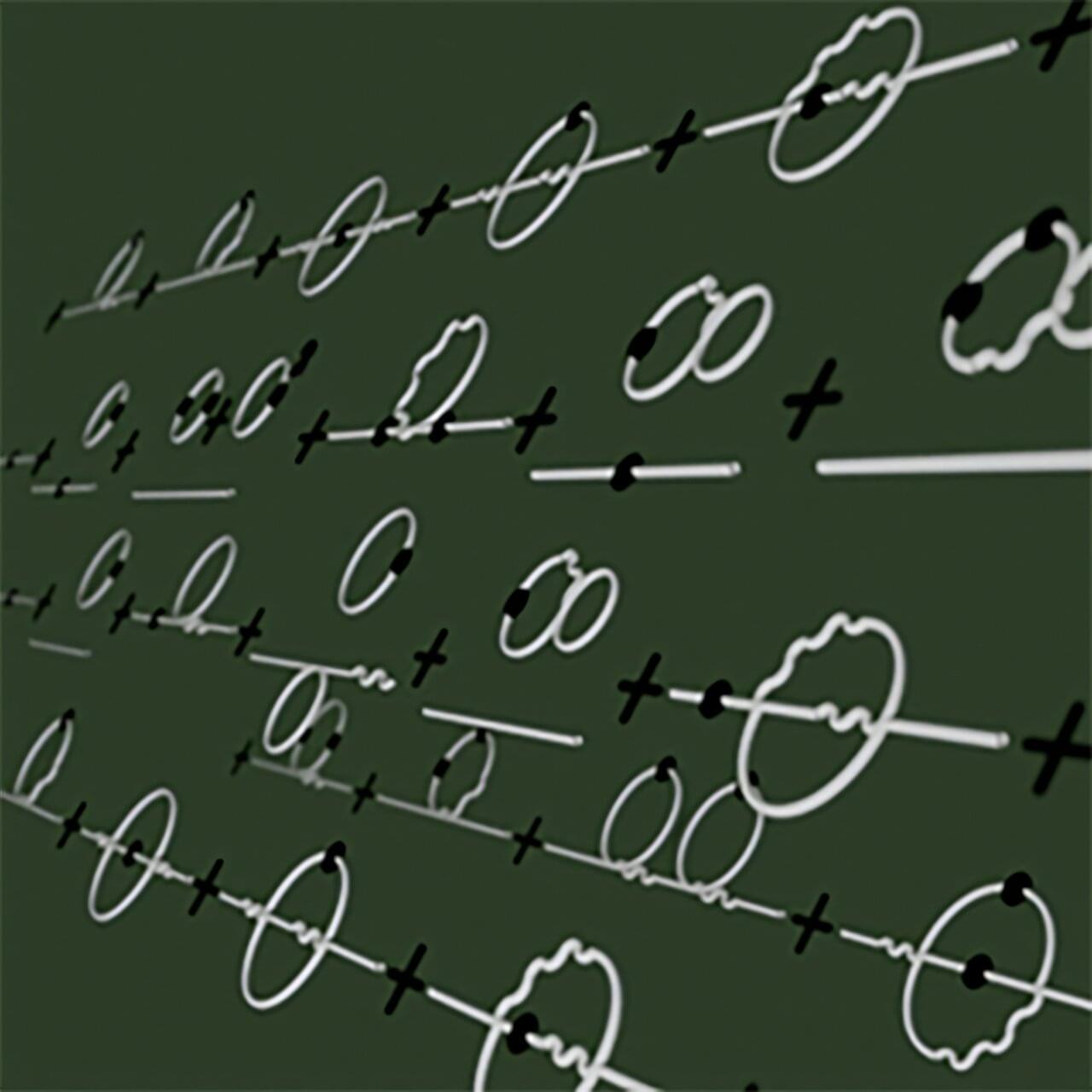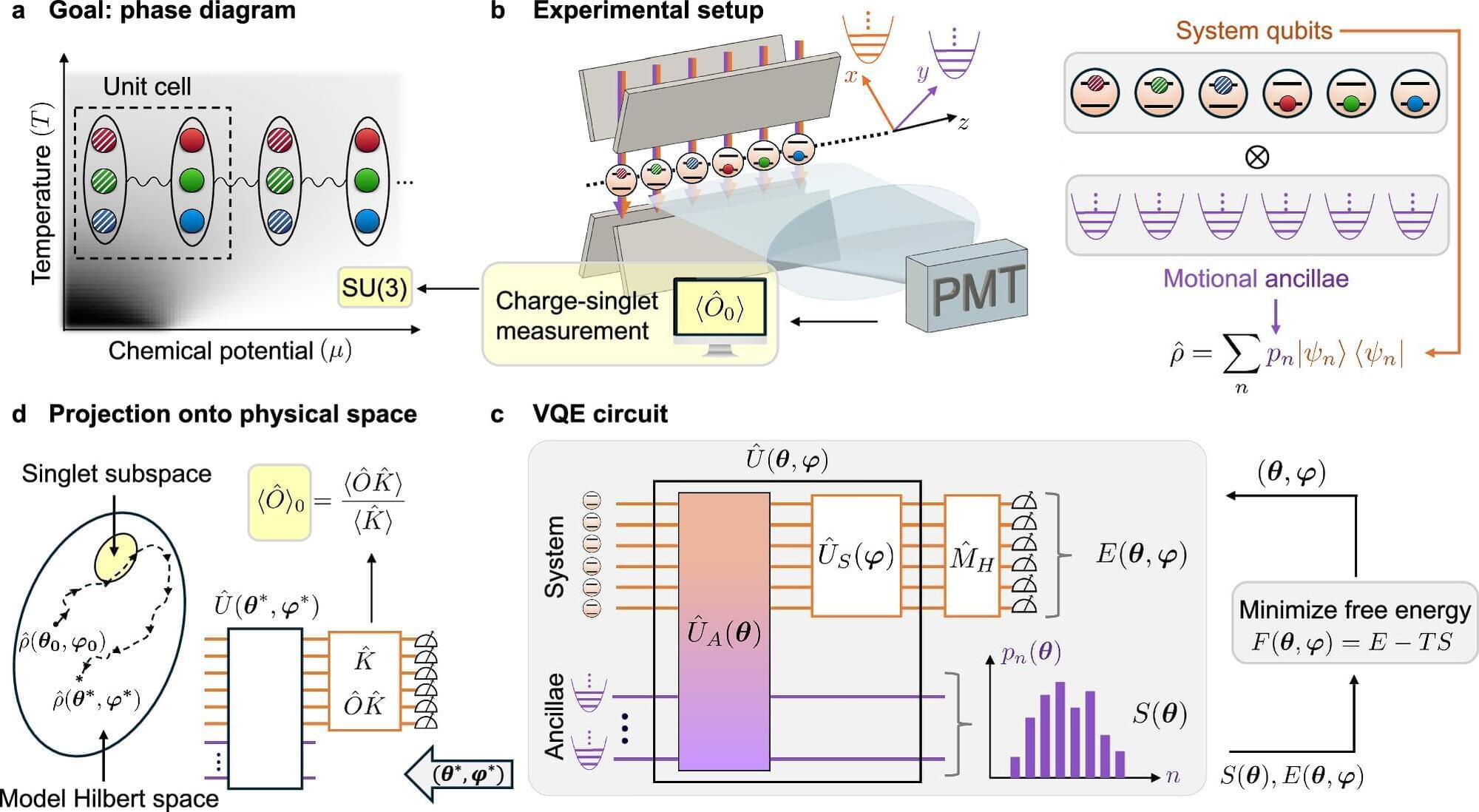Using sound to get objects to float works well if a single particle is levitated, but it causes multiple particles to collapse into a clump in mid-air. Physicists at the Institute of Science and Technology Austria (ISTA) have now found a way to keep them apart using charge. Their findings, published in Proceedings of the National Academy of Sciences, could find applications in materials science, robotics, and microengineering.
Who hasn’t dreamed of overcoming gravity and getting objects to hover above ground?
In 2013, Scott Waitukaitis, now an assistant professor at the Institute of Science and Technology Austria (ISTA), became interested in using acoustic levitation as a tool to study various physical phenomena. At that time, only a handful of research groups were using this technique for similar purposes.
